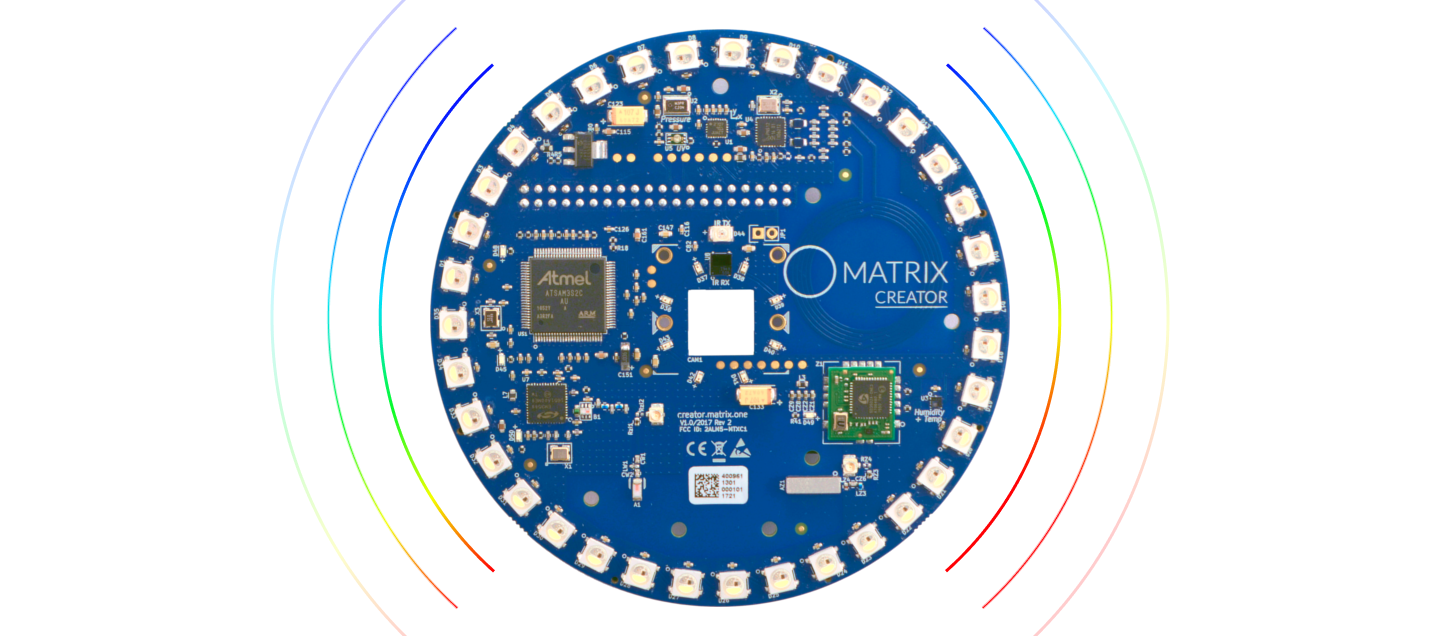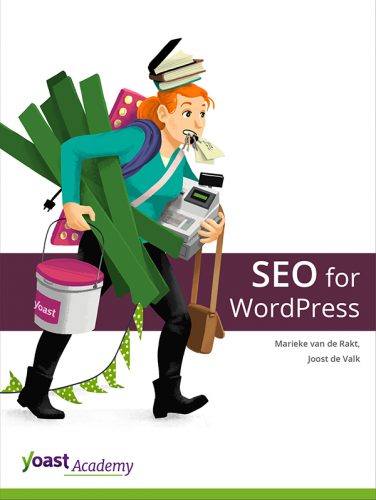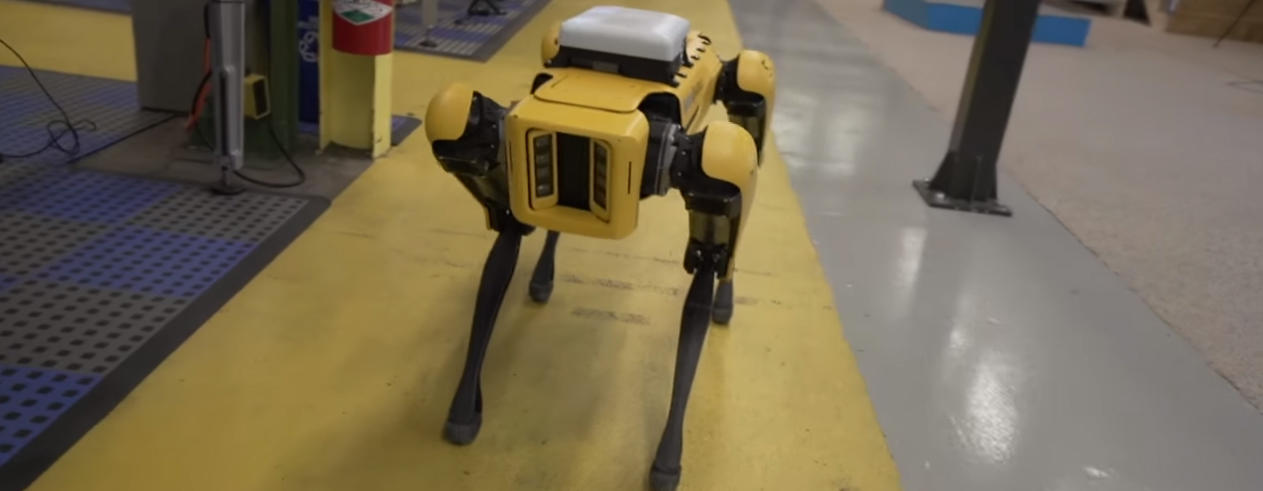The New Science of Curiosity by Nova Science Publishers
“Human curiosity and its contribution to art, science, and discovery have long been a subject of study. Drawing on findings from robotics, neuroscience, human development, and computation, as well as case studies of curiosity in educational, professional, medical, and cultural settings, this edited book provides a wealth of new findings and a renewed sense of excitement about this classic topic.” – Paul L. Harris, Graduate School of Education, Harvard University.
“A fabulous book of leading researchers from the top scientific minds exploring something we are all curious about – curiosity. Gordon has brought together some of the most influential scientists in the world, shedding light on the multi-faceted nature of our innate drive to learn and its role in human development, science, and even art. It is an important text for those hoping to catch up on the most recent science of curiosity, and a must-read for anyone wondering about why we wonder.” – Elizabeth Bonawitz [Assistant Professor Psychology, Rutgers University – Newark
“A timely and critical journey into the advancement of curiosity, from the neuroscience to the support from technologies and the impact on society.” – Bo Stjerne Thomsen, Global Head of Research, the LEGO Foundation.
The audience of this book by Nova Publishers are educators, artists, and scientists of all fields that want to catch up with new advancements in curiosity research. It can also be approachable to lay people interested in popular science and multidisciplinary thinking.
Keywords: Curiosity, Neuroscience, Computational models, Robots, Game Design, Education.
The author of this book has a BMSc, MSc in physics, and MBA from Tel Aviv University, Israel. In addition, he has one Ph.D. in chemical physics on dynamical quantum decoherence control and another Ph.D. in neurobiology on mathematical models of curiosity, both from the Weizmann Institute of Science, Israel. He was a postdoc at the Personal Robots Group in the Media Lab, MIT, researching how curious robots interact with curious children, where he also obtained a teaching certificate. He now heads the Curiosity Lab at Tel-Aviv University, Israel.
Source: Nova Science Publishers








